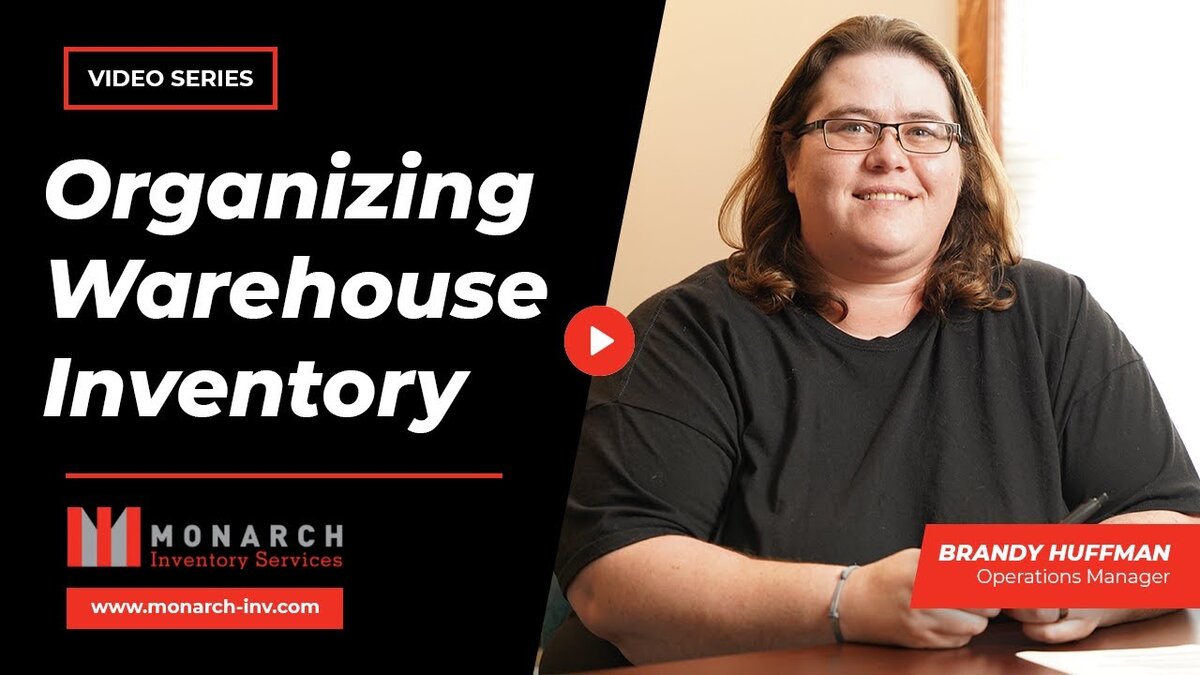If you are migrating to a new system and the data from the old system contains errors, then a physical inventory count is a good idea.
Having bad legacy data is normal, and every business experiences the struggles of keeping its data accurate.
We are here to help with some tips and tricks for a successful inventory count, even with inaccurate legacy data.
What Leads to Inaccurate Data?
Bad data is often the result of human error finding its way into the process and is a completely normal part of owning an inventory-based business.
There are two culprits that cause inaccurate data in many businesses.
1. Staff Turnover
Staff turnover often leads to inaccuracy in physical inventory data. There is a learning curve when you hire new staff members as they familiarise themselves with your WMS and internal processes.
During this learning curve, the chance of human error is high. The problem with this block of time is that mistakes have a domino effect and can cause considerable difficulties and inaccuracies in your data.
2. Company Growth
When companies go through a period of growth, they often put themselves in situations that can introduce errors into the system.
For example, the sales department might book a client and take on more work than the company is capable of. In order to meet their obligations to the new client, resources have to be shifted from other departments to get shipments out in time. This means pulling people from different areas into shipping or receiving.
When this happens, the cycle counting process can fall behind, and the accuracy of your data can be affected.
Inventory Process Errors
Human error can happen even when you have a solid and reliable process to manage warehouse inventory.
For example, you may physically receive stock in the warehouse and put it away but not enter it through your WMS. This means that the inventory has not been systematically received, and from a WMS perspective, there is no knowledge that the inventory exists.
Alternatively, you may receive inventory through your WMS and physically put it away, but the put-away driver may scan it into the wrong location. Again, this results in inventory that is essentially “lost.”
In many warehouses, there is an end-of-shift phenomenon called “pick-dump” that can lead to significant problems in your data. “Pick-dump” is when a picker may not be finished with their pallet at the end of a shift, so instead of finishing the pallet, they find an open slot and dump it. This means the pallet and its contents do not get transacted, and the inventory is effectively lost until your next physical count.
Why Physical Inventory Cycle Counts are Important
Introducing cycle counting programs is a great way to catch errors in your system. They will not only pick up inconsistencies, but they can help you identify the cause and course correct it.
How Can Monarch Help with Your Physical Inventory?
At Monarch, we have the staff, tools, and technology to complete your physical inventory count quickly and efficiently.
Not only will we communicate with you about your project before the count, but we also have systems in place to deal with your bad legacy data so that you migrate clean data after your inventory count.
We don’t just complete a count of your inventory; instead, we assess your whole system. We offer you feedback on the counting process, advice on making the most of your WMS, and the tools you will need to perform accurate cycle counts.
A cycle count program is one of the best ways to clean your data before a physical count.
So, if you feel overwhelmed at the prospect of streamlining your processes, contact us, and we will handle the details and data of your next physical inventory.







